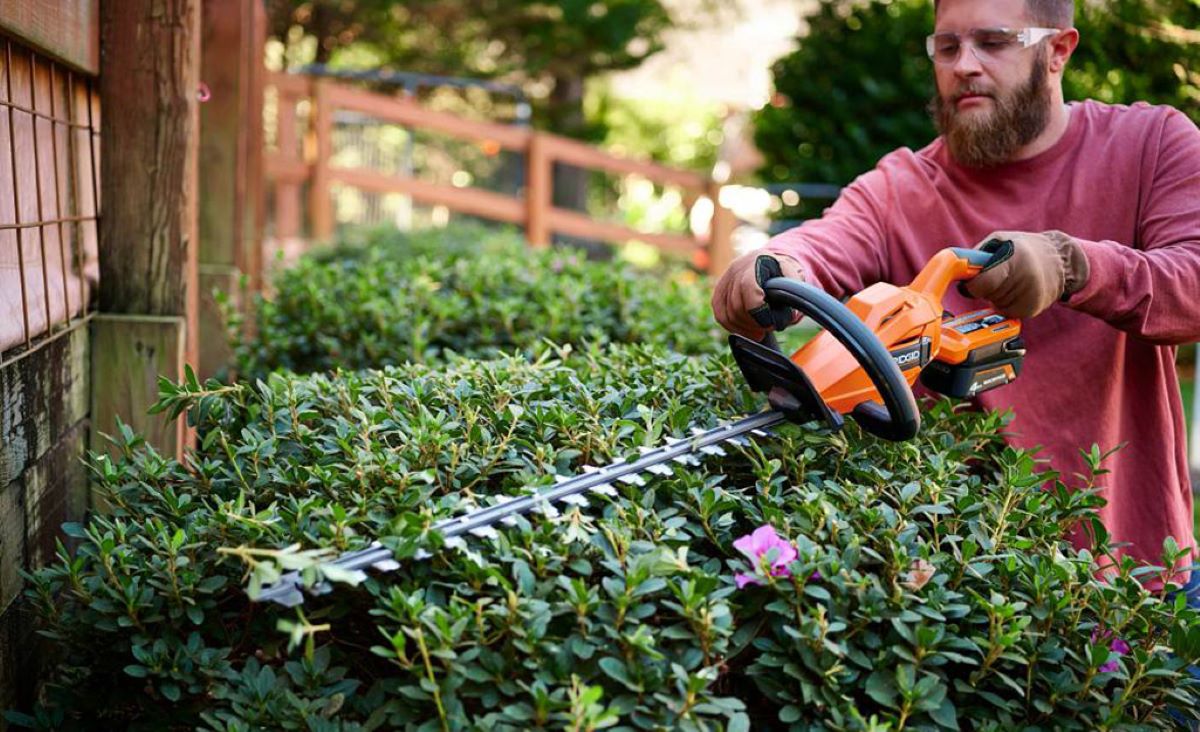
Maintaining a well-groomed garden is a task that many homeowners take seriously. Among the various aspects of garden care, hedge trimming plays a crucial role…
About Us
From the arid outback to lush coastal regions, this vast continent has nurtured a community of dedicated gardeners who have transformed their landscapes into thriving havens of beauty and sustainability. “Australian Garden Experts” is your gateway to celebrating the great gardeners across the country who inspire, educate, and cultivate the art of gardening.
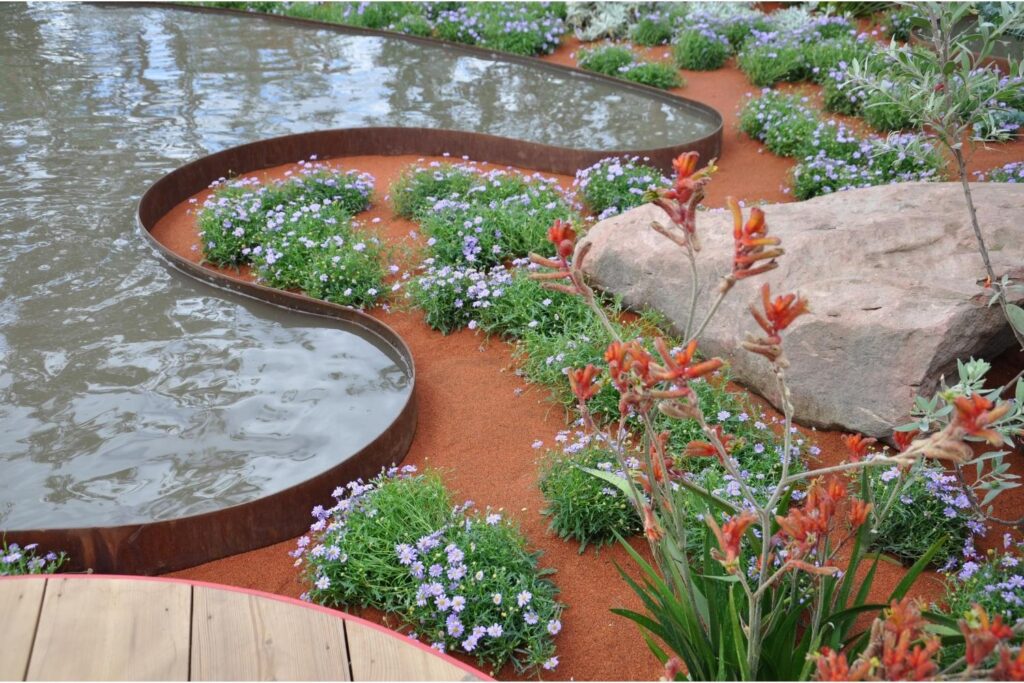
Our platform is a tribute to the remarkable individuals and communities who have harnessed their gardening expertise to create breathtaking gardens that reflect Australia’s unique character. From passionate home gardeners to renowned horticulturists, our mission is to showcase the incredible diversity of gardening talent in Australia.
We invite you to become a part of our vibrant gardening community. Share your gardening triumphs and challenges, exchange ideas, and celebrate your love for all things green.


Spotlight
Garden Tours: Embark on virtual garden tours across Australia, from the charming cottage gardens of Victoria to the native wonders of Western Australia. Experience the beauty and diversity of Australian landscapes.
Expert Interviews: Gain insights from renowned horticulturists, landscape designers, and gardening enthusiasts like Lush Flower Co who share their experiences, favorite plants, and top gardening tips.
How-To Guides: Dive into our comprehensive how-to guides covering a wide range of topics, from sustainable gardening practices to nurturing native flora and fauna.
Blogs

Maintaining a well-groomed garden is a task that many homeowners take seriously. Among the various aspects of garden care, hedge trimming plays a crucial role…
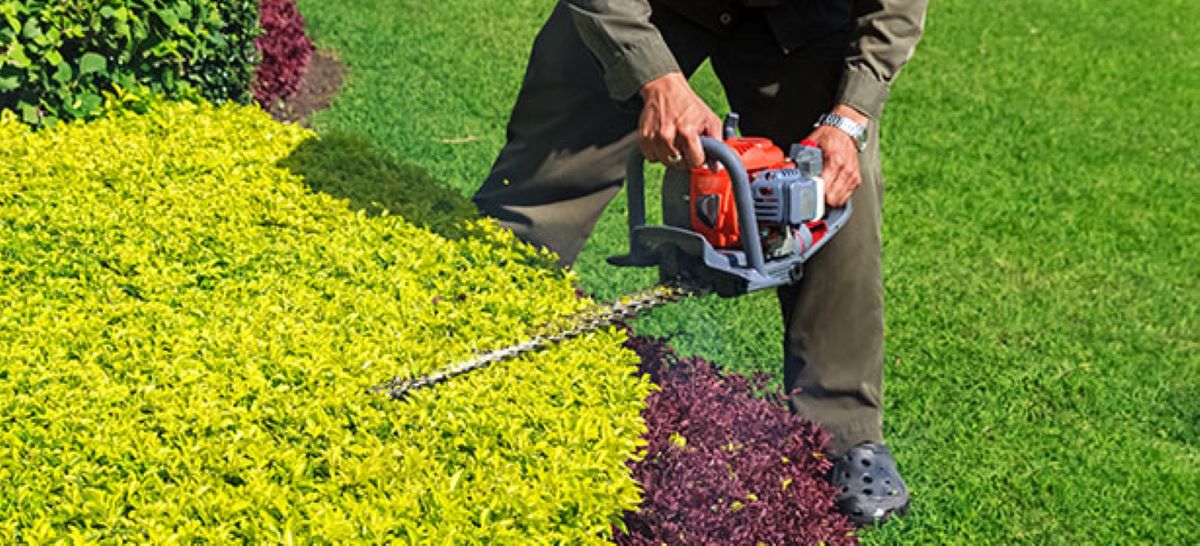
Maintaining a well-kept garden is an essential aspect of home ownership, and one of the most significant elements of a tidy outdoor space is the…

A Mother’s Day hamper is more than just a collection of items; it is a thoughtful gesture that encapsulates love, appreciation, and care. As the…

Mother’s Day is a cherished occasion that celebrates the love and dedication of mothers everywhere. One thoughtful way to express appreciation is through a carefully…

Are you a candle maker or retailer looking to enhance the appeal of your products? One powerful way to elevate the perception of your candles…
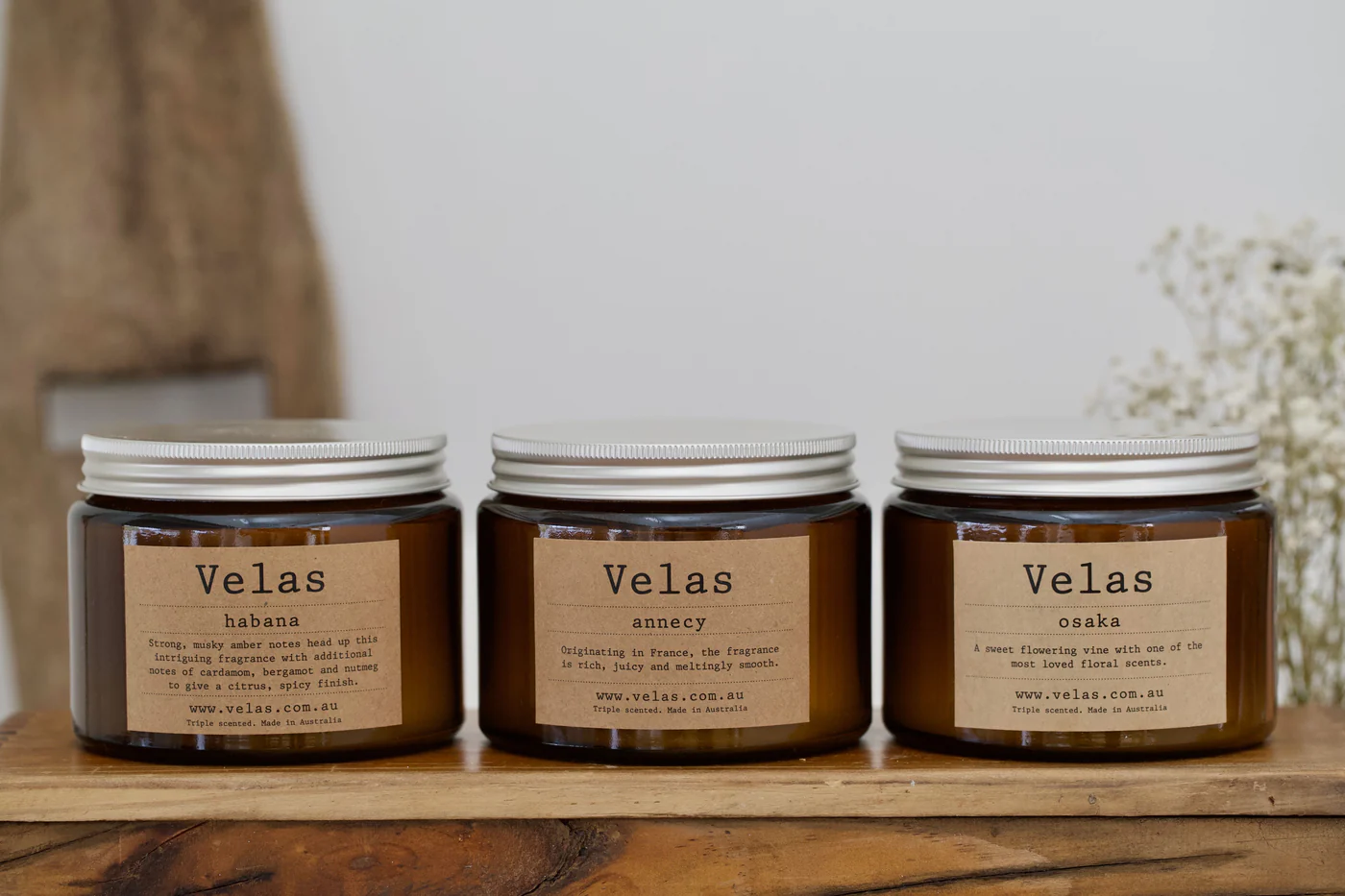
Candle lovers in Australia know the joy of transforming their living spaces into soothing sanctuaries with the warm glow and fragrant embrace of candles. To…

Mother’s Day is a special occasion that gives us the opportunity to show our love and appreciation for the incredible women in our lives. One…
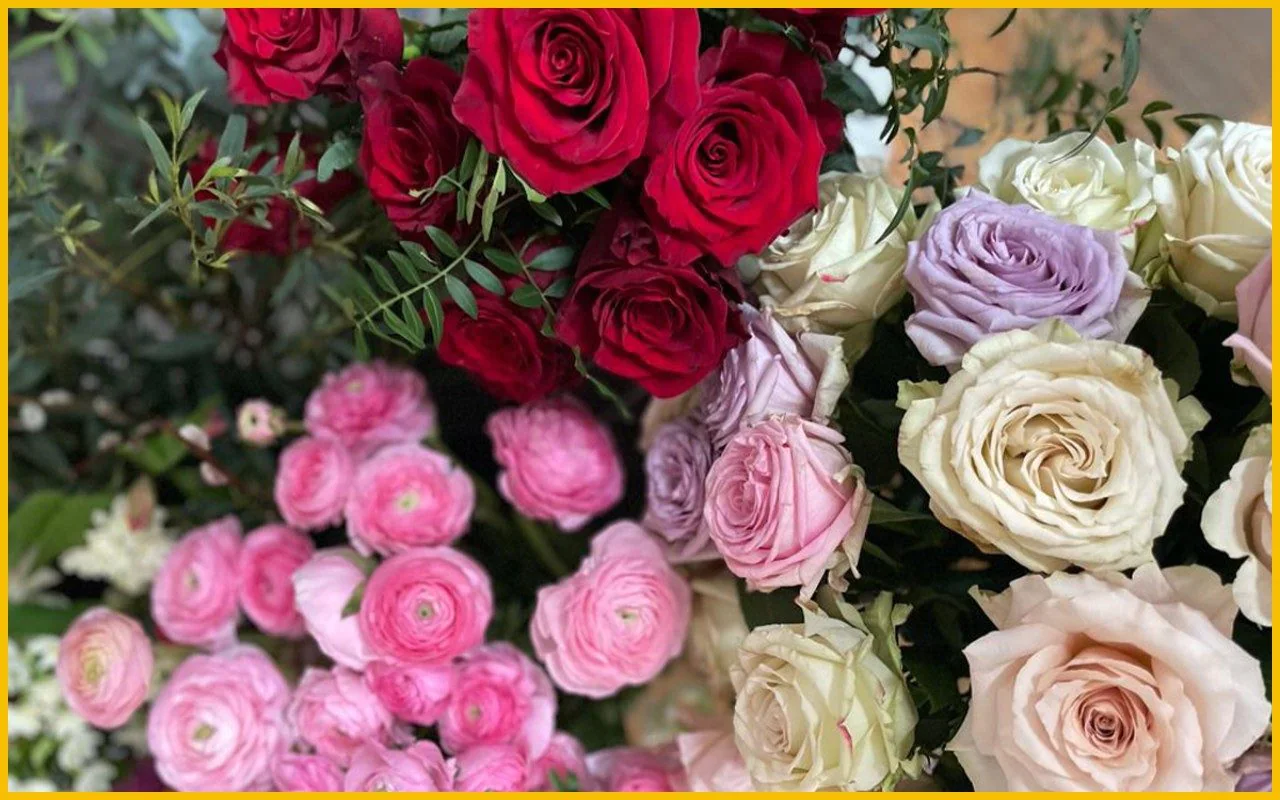
Mother’s Day is a special occasion to express love and gratitude to the amazing women who raised us. One way to convey your emotions is…
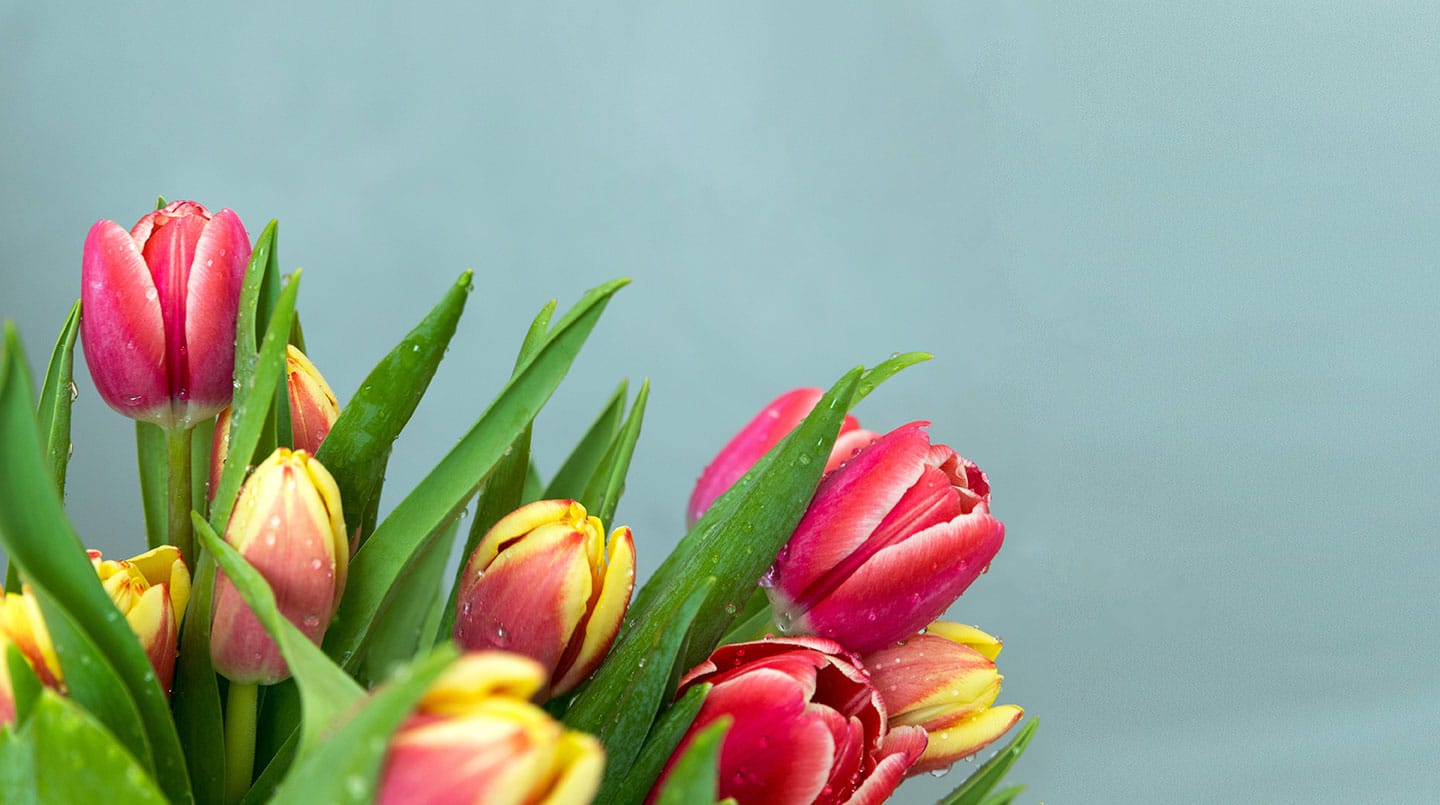
Mother’s Day is a special occasion to celebrate the incredible women in our lives. One of the most popular ways to express our love and…
I recently discovered a passion for gardening, and Australian Garden Experts has been my guiding light. The how-to guides and plant profiles have been incredibly helpful for a beginner like me. I appreciate the warm and welcoming gardening community that I've found here. It's been a delightful journey of growth and greenery!
As a landscape designer, I've always been on the lookout for fresh ideas and unique garden designs. Australian Garden Experts has become my secret source of inspiration. The garden tours and expert interviews have given me valuable insights, and I've even recommended it to my clients for its wealth of gardening knowledge.
Australian Garden Experts is a treasure trove of inspiration and knowledge for garden enthusiasts like me. I've discovered incredible gardens and learned so much from the expert interviews and how-to guides. It's become my go-to resource for all things gardening in Australia. Thank you for nurturing our love for green spaces!
Australian Garden Experts is dedicated to celebrating the beauty and diversity of gardening across Australia. Join us on this green journey as we honor the individuals and communities who make our country’s gardens flourish. Happy gardening!